View basket (0 items $0.00)
Error message
- Notice: unserialize(): Error at offset 5 of 154 bytes in variable_initialize() (line 1202 of /home/dh_6hcdc2/yogau.online/docroot/includes/bootstrap.inc).
- The file could not be created.
- The file could not be created.
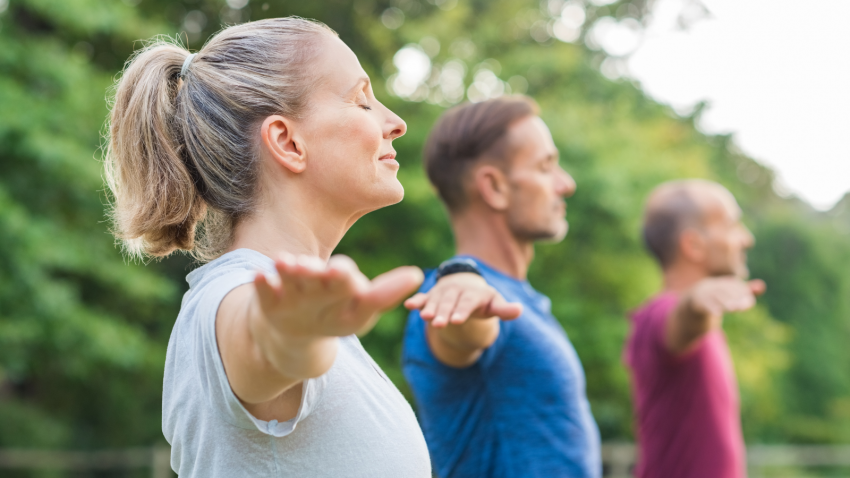
Balance and Awareness: Yoga to Ease Scoliosis Symptoms
A name for the human torso is the “trunk,” because, in the majority of people, it resembles the straight, strong trunk of a tree. Yet for those with scoliosis, the spine is more like the trunk of a tree on a steep bank that must curve to bring itself upright. The condition can be either idiopathic (without any known cause) or degenerative. Both men and women can experience, scoliosis, but it is more common in women.
The condition can lead to various health complications, both physical/kinesthetic and social/emotional. These can include decreased balance and mobility, pain in affected and peripheral areas, and reduced perceived quality of life. Certain yoga practices can help ease scoliosis symptoms. But yoga practice should be considered a complimentary, rather than a primary, treatment. One should always consult their doctor before beginning yoga, or any other exercise/somatic form.
Yoga practitioners can attest to yoga’s ability to create greater balance and awareness of the body. Both these qualities are meaningful for those with scoliosis. Yoga can also create a greater sense of calm and acceptance of things as they are, which can help address scoliosis’s impact on the perceived quality of life. Though more empirical research needs to be done for the findings to be fully conclusive, studies are beginning to demonstrate that yoga can help alleviate symptoms for those with scoliosis.
A great thing about yoga is that if practiced mindfully and under experienced guidance, there aren’t really side effects. So it doesn't hurt to try! Here’s a yoga sequence that may help ease symptoms of scoliosis.
How to Practice Yoga for Scoliosis
For this sequence, you’ll need a yoga mat and a clear wall space.
3-Part Breath
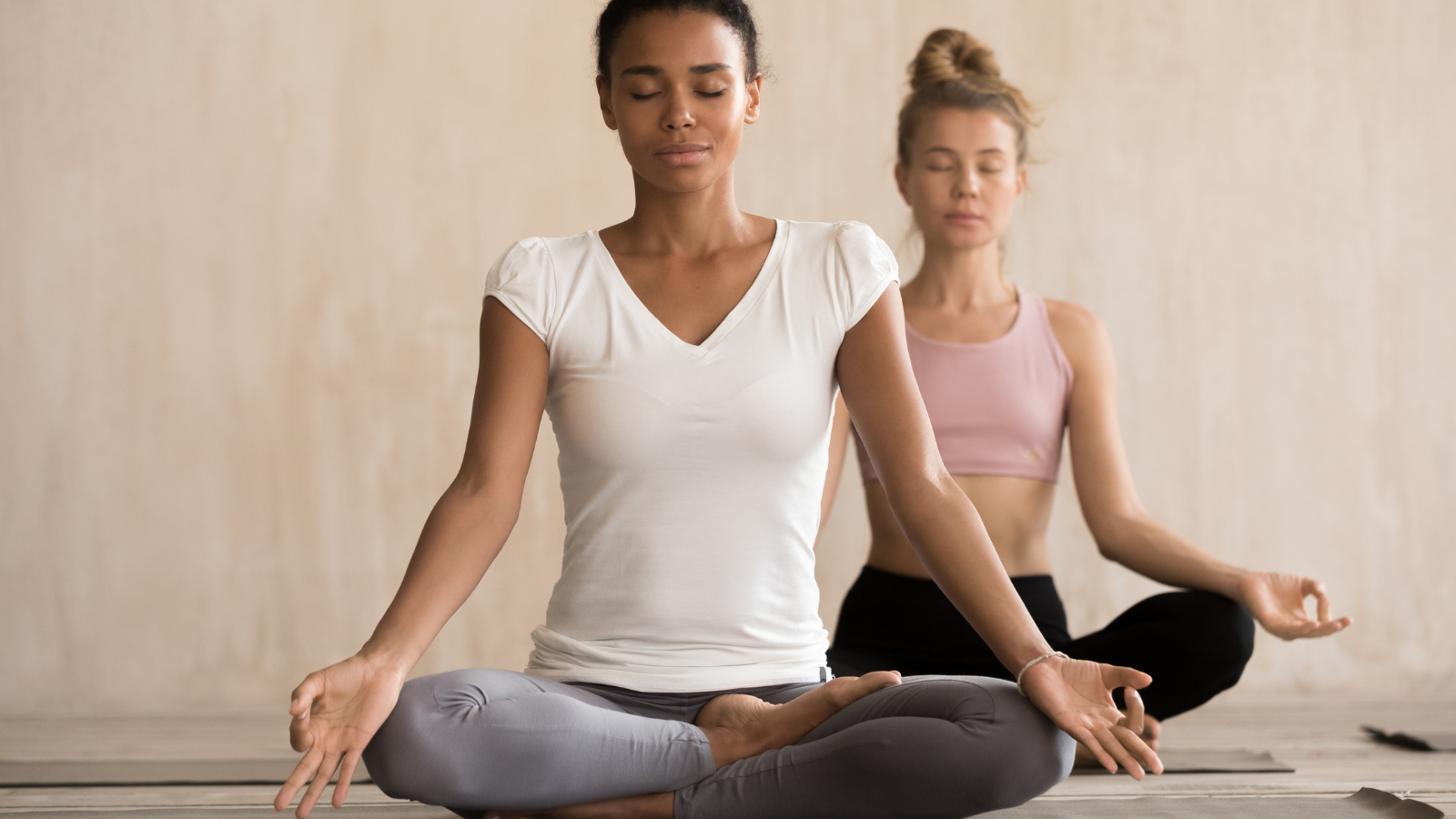
Scoliosis can reduce lung capacity on the concave (inside) side of the scoliosis curve. This technique can help balance the breath and boost cardiovascular health.
-
Find a settled, grounded position, standing, or sitting on the floor or in a chair. Though scoliosis can make it difficult, try to feel the spine aligned over the pelvis. Roll your shoulders up and back, widening your collarbones.
-
Take a few natural breaths, just noticing your breathing as it is right now. Try to avoid judgmental or otherwise negative thoughts. If they arise, just come back to your breath.
-
When you feel ready, begin the structured breath by breathing into one-third of your lung capacity, at about the lower belly.
-
Pause and then breath to two-thirds of your capacity, at about the lower chest area.
-
Take one last pause and then breathe up to your collarbones, or your full lung capacity.
-
Reverse the process with three exhalations, pausing in between each. Breathe out to your lower chest area, your lower belly, and then completely empty out.
-
Continue breathing in this pattern for as long as it feels comfortable. Remember that keeping a smooth, easy breath is most important. If you are straining significantly, drop the pattern and breathe naturally. Try it again, or just take a few deep, even breaths to return your body to a more relaxed state before continuing.
Mountain Pose (Tadasana)
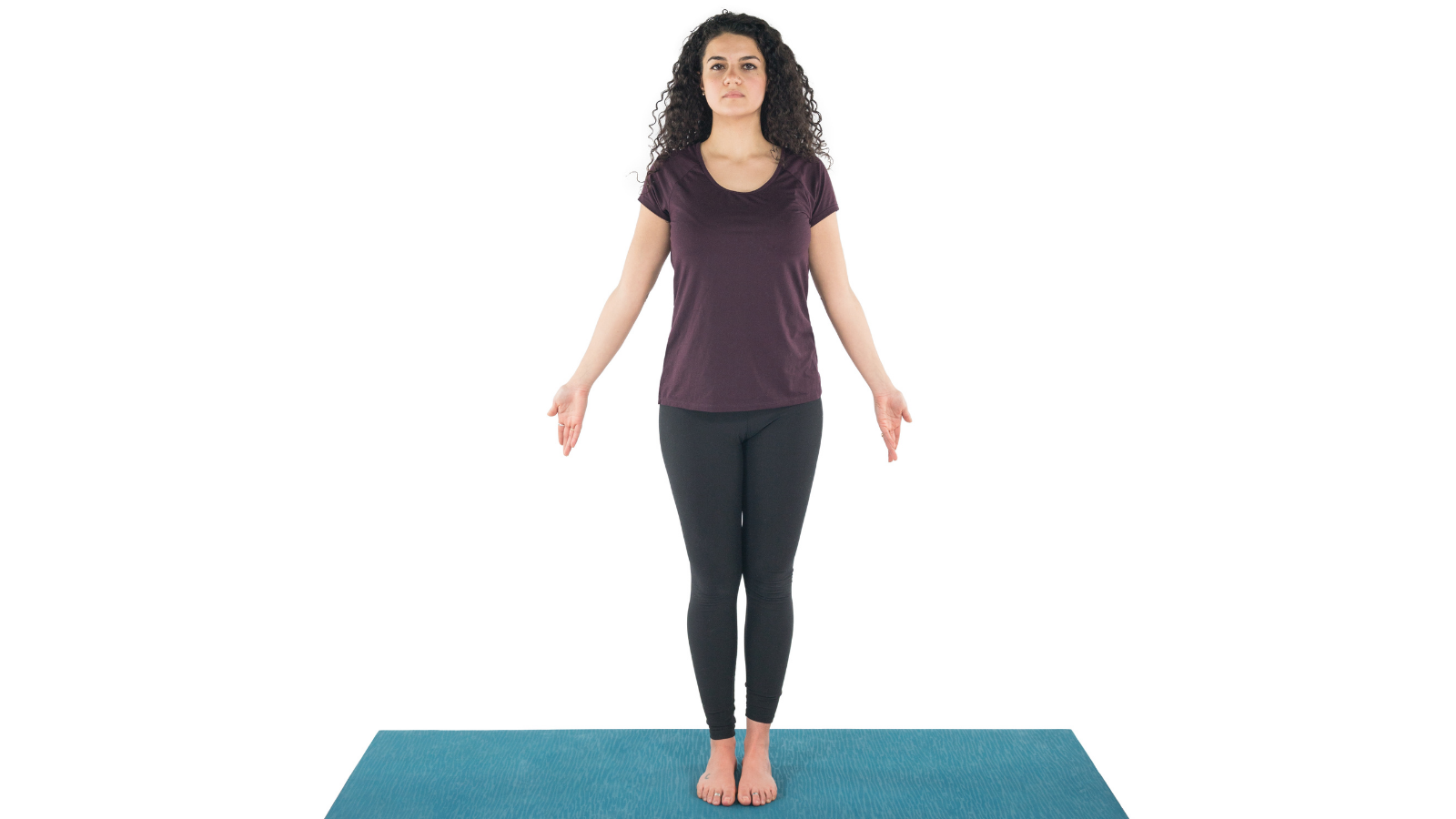
This foundational pose can help those with scoliosis get a better sense of what it feels like to evenly balance weight between their two feet.
-
Stand up against a wall with your feet hips-distance apart. Feel your inner arches lift while you keep pushing down through your big toes. Ground through the outside edges of your feet. Notice the sensory feedback that you’re getting from the wall.
-
Feel like your tailbone is heavy, creating more spaciousness in your lower back. But avoid tucking your tailbone. Draw the heads of your thigh bones back so that your sacrum slants forward approximately 30 degrees. Imagine that your pelvis is a bowl full of soup. It’s completely level, so none spills out.
-
Gently engage your abdominals and soften your shoulders back and down. Imagine the inner tips of your shoulder blades drawing toward one another. Notice what it feels like to have your collarbones open and broad.
-
Lift your chin just slightly, so that it’s parallel to the ground beneath you. Fix your gaze steadily ahead of you. If you’d like to draw your attention inward, and it feels comfortable, close your eyes.
-
Keeping both feet on the ground, slowly and gently shift your weight back and forth from one foot to the other a few times. Notice how that feels through your legs, pelvis and spine. Again, what sensory feedback are you getting from the wall? Continue smooth, easy breathing.
-
Gradually stop swaying and center your weight evenly between your two feet, as best you can. Notice how that feels through your legs, pelvis and spine. Can you articulate any differences between having your weight on one side and having your weight evenly between both feet?
-
Take a few conscious, deep breaths. You can use Ujjayi Breath (Ocean Breathing), if that’s in your practice and feels right for you now. Check in with you how you feel.
Palm Tree Pose (Talasana)
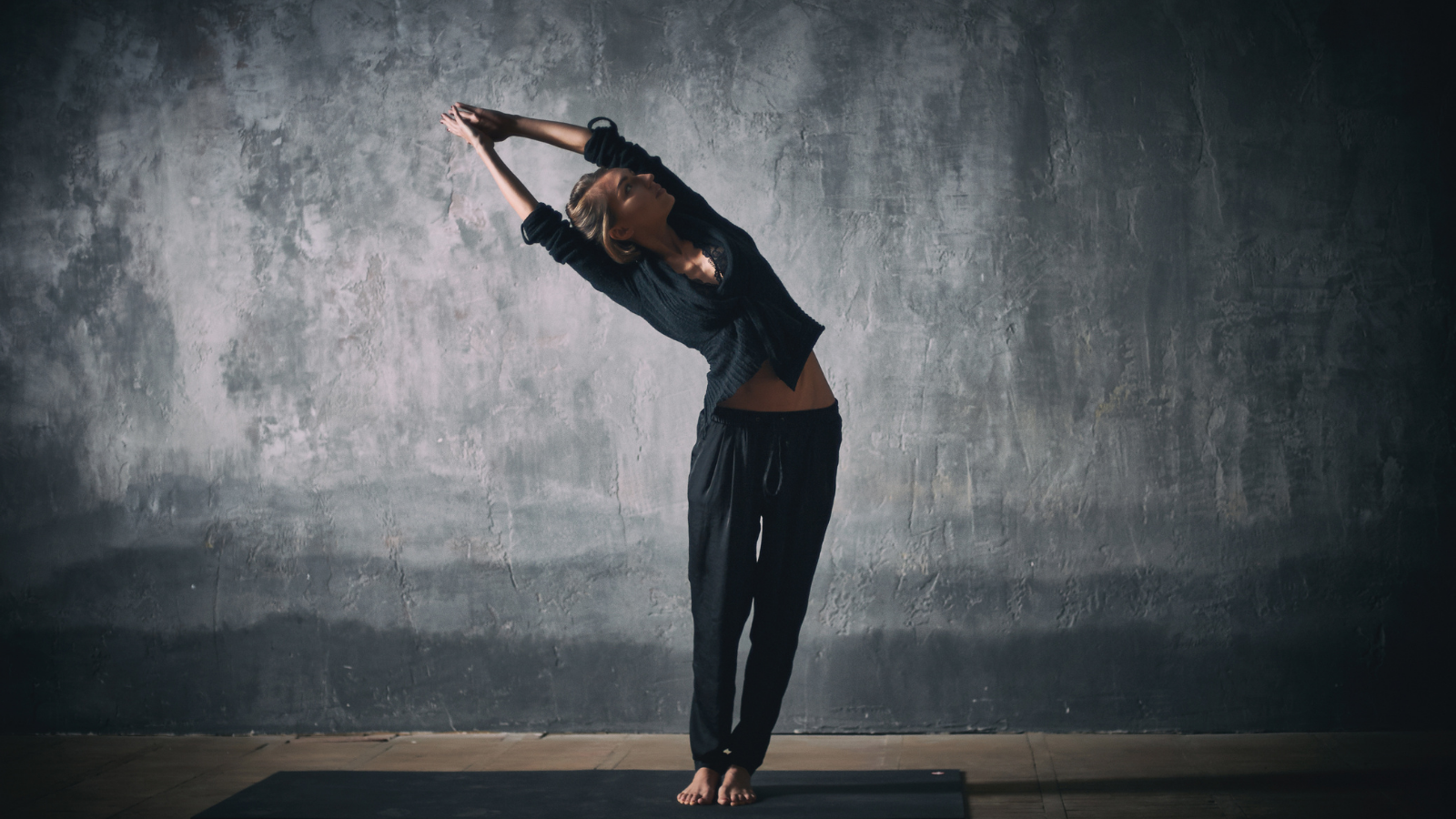
Stretching out the concave side, in particular, helps bring balance to the torso and hips. This pose can also help develop greater interoception (awareness of the body’s inner sensations). Both are important for easing scoliosis symptoms.
-
Continue standing against the wall with feet hips-distance apart. Reach your arms up into Upward Salute Pose (Urdhva Hastasana) and interlace your fingers. Flip your palms so that they’re facing upward. Close your eyes, if that feels comfortable, or gaze softly forward.
-
Breathe in and lengthen your spine. Notice how both sides of your spine feel. Check in with your pelvis as well. Imagine again that bowl full of soup, so level that not a drop spills.
-
Breathe out and side bend toward your convex side. Feel the stretch through your concave side. This area might feel tender, and even unfamiliar to you. As long as you’re not experiencing pain, and you feel safe, stay with it. Try to simply notice the sensation and breathe through the mild discomfort.
-
Hold the stretch for 3 to 5 breaths. Then side bend to the other side, (the concave side) so that you’re stretching the convex side).
-
Stretch toward the convex side one more time, so that you’re stretching the concave side.
-
Release the interlace and let your arms gently drop to your sides. Take a few deep, conscious breaths and notice how you feel.
“Knockin’ On Heaven’s Door”
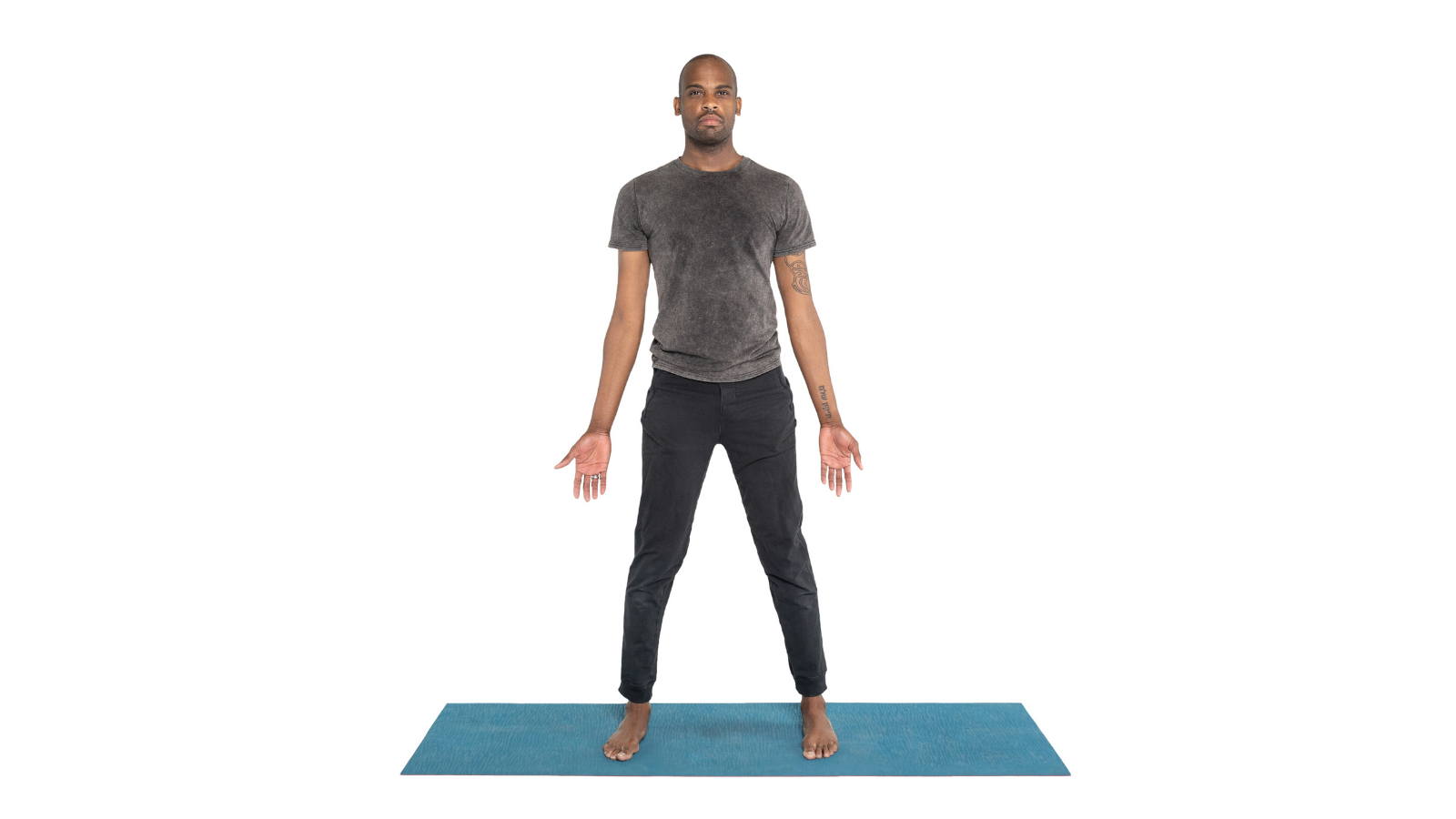
Scoliosis can also impact proprioception—awareness of the body and its parts in relation to each other and to the surrounding space. This fun exercise can help develop proprioception.
-
Step a few feet away from the wall and place your feet just a bit wider than hips-distance apart.
-
As in Mountain Pose, ground through your feet, feel your tailbone heavy, the heads of your thigh bones drawing back, and your spine long. Gaze softly forward or close your eyes, if that feels comfortable.
-
Check-in with your breath. Is it smooth, steady, and deep?
-
When you feel ready, begin to twist side to side through your torso and let your arms move with you. Make your movement totally relaxed and easy, wiggly and soft like cooked spaghetti. Let your arms softly touch your sides as you twist.
-
Keep this going for one to two minutes. Again, it might feel strange and tender to touch your convex side. As long as there’s no pain and you feel safe, stay with it. Just keep breathing and moving.
-
You might feel silly doing this. That’s okay! Can you let out a little laugh, and let yourself feel playful? We can all use more of that!
-
To finish, gradually make smaller twists and let your momentum naturally dissipate until you come to stillness. Take another pause, for a few deep breaths, to check in with how you feel.
Side Plank Pose (Vashistasana)
Though further study must be done, new research is demonstrating that Side Plank Pose may help reduce the scoliosis curve.
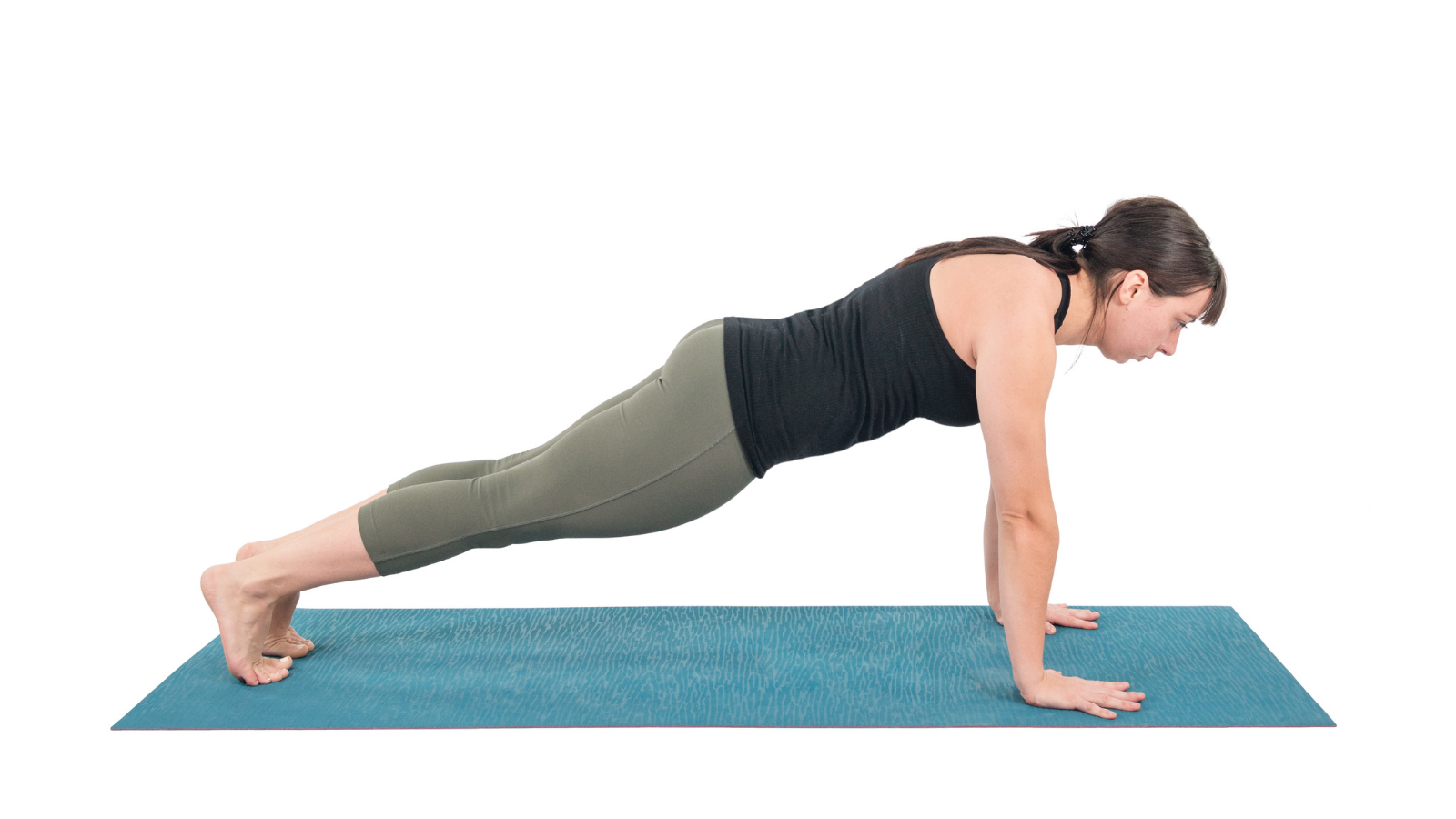
-
Come out to your mat and take a Plank Pose (Phalakasana). If Plank Pose feels hard on your wrists, practice Ardha Phalakasana (Forearm Plank Pose) instead. For Forearm Plank, bend your elbows and place your forearms parallel on the floor, shoulder-width apart. Turn your palms down.
-
Feel your tailbone point toward your feet and your belly scoop toward your spine. Look both out and down, so that both the front and back of your neck are as long as possible.
-
Shift to a Side Plank with the convex side of your spine closer to the floor. If you’re practicing Forearm Plank, point your bottom forearm forward, 90 degrees to your body. Stack your feet, or place the top foot just in front of the bottom foot, so that they’re slightly staggered.
-
Feel a lift through your concave (top) side, and your top hip placed over your bottom hip. Try not to let it go forward or back.
-
Check-in with your breath. This pose is more physically rigorous than the other poses in this sequence, so you might find it getting quicker. Just try to keep it smooth and even.
-
Hold the pose for 3 to 5 breaths. Switch your Side Plank to the other side, with the concave side closer to the floor. Then take it one last time on the original side, with the convex side closer to the floor.
-
Again, take a few deep breaths and notice how you feel, particularly in your legs, pelvis, and torso.
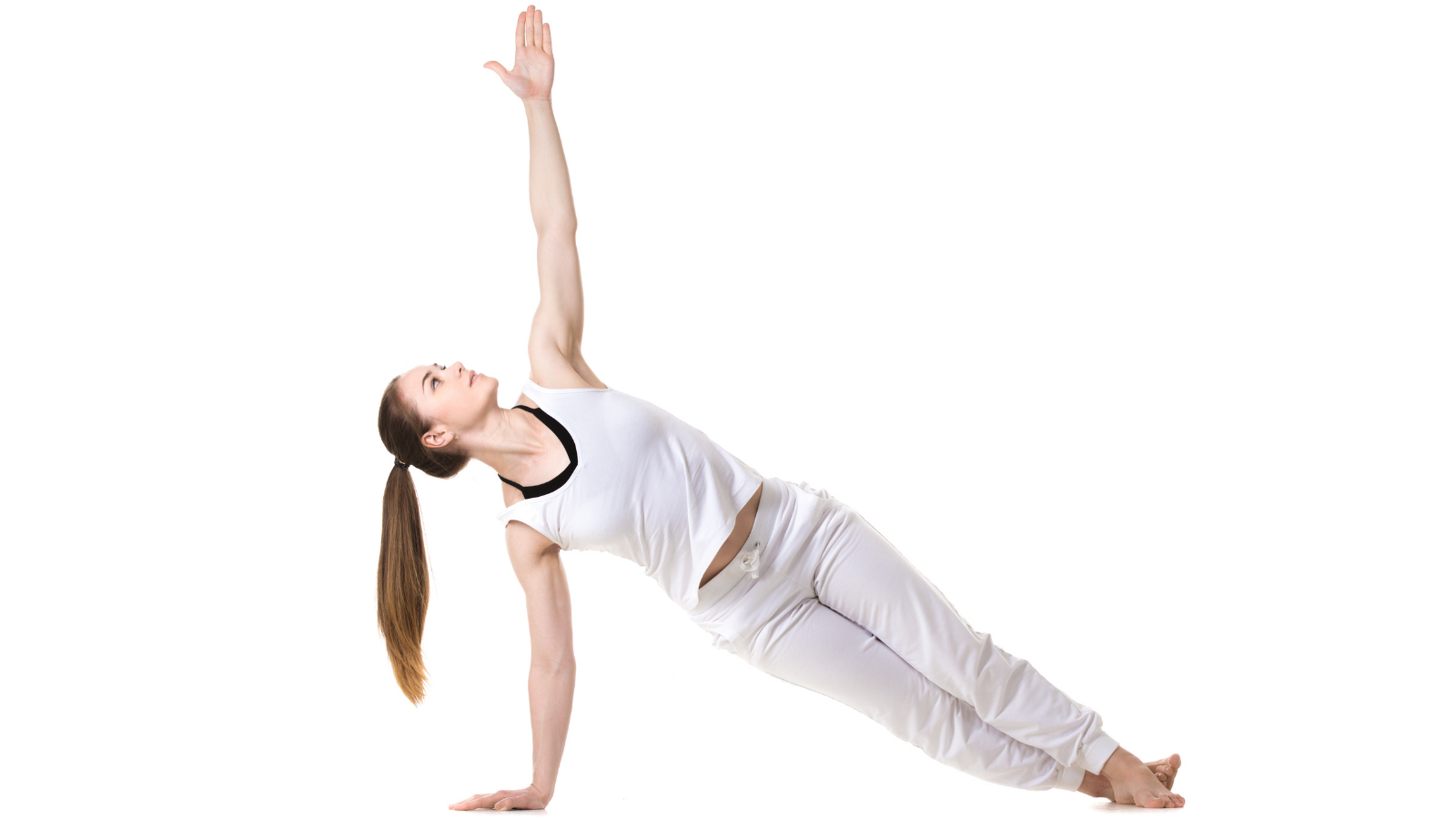
Mindful Mantra Moment
Scoliosis can come with social/emotional challenges such as not feeling stable in one’s own body. This mindful moment can redirect the mind away from negative thoughts associated with those feelings, and encourage acceptance of things as they are.
-
Just as you did with the three-part breath, come to a comfortable and grounded position, standing, seated, or sitting in the chair.
-
According to your preference and comfort, close your eyes or gaze softly forward.
-
Take a few more deep breaths, aiming for that smooth, deep, and even quality. Notice any sensations in your body.
-
Begin your mantras, simple, repeated statements sometimes called “affirmations.” Say, either softly to yourself or in your own mind, “I am stable, I am strong, I am graceful.” Or use similar mantras of your own that might resonate with you more.
-
Continue for 1 to 2 minutes. It’s natural for your mind to wander. Rather than judging yourself for this, try to just keep coming back to your breath and to your mantras.
-
When you’re ready, let the practice go and take another moment to notice how you feel.
-
Closeout your practice and continue on with your day. Can you bring to it the increased balance, calm, and awareness of this yoga practice to ease scoliosis?
 Kathryn Boland is an RCYT and R-DMT (Registered Dance/Movement Therapist). She is originally from Rhode Island, attended The George Washington University (Washington, DC) for an undergraduate degree in Dance (where she first encountered yoga), and Lesley University for an MA in Clinical Mental Health Counseling, Expressive Therapies: Dance/Movement Therapy. She has taught yoga to diverse populations in varied locations. As a dancer, she has always loved to keep moving and flowing in practicing more active Vinyasa-style forms. Her interests have recently evolved to include Yin and therapeutic yoga, and aligning those forms with Laban Movement Analysis to serve the needs of various groups (such as Alzheimer’s Disease patients, children diagnosed with ADHD, PTSD-afflicted veterans - all of which are demographically expanding). She believes in finding the opportunity within every adversity, and doing all that she can to help others live with a bit more breath and flow!
Kathryn Boland is an RCYT and R-DMT (Registered Dance/Movement Therapist). She is originally from Rhode Island, attended The George Washington University (Washington, DC) for an undergraduate degree in Dance (where she first encountered yoga), and Lesley University for an MA in Clinical Mental Health Counseling, Expressive Therapies: Dance/Movement Therapy. She has taught yoga to diverse populations in varied locations. As a dancer, she has always loved to keep moving and flowing in practicing more active Vinyasa-style forms. Her interests have recently evolved to include Yin and therapeutic yoga, and aligning those forms with Laban Movement Analysis to serve the needs of various groups (such as Alzheimer’s Disease patients, children diagnosed with ADHD, PTSD-afflicted veterans - all of which are demographically expanding). She believes in finding the opportunity within every adversity, and doing all that she can to help others live with a bit more breath and flow!
Resources
-
https://www.sciencedaily.com/releases/2017/01/170125145857.htm
-
https://www.sciencedirect.com/science/article/pii/S0965229921000388
Featured Courses









